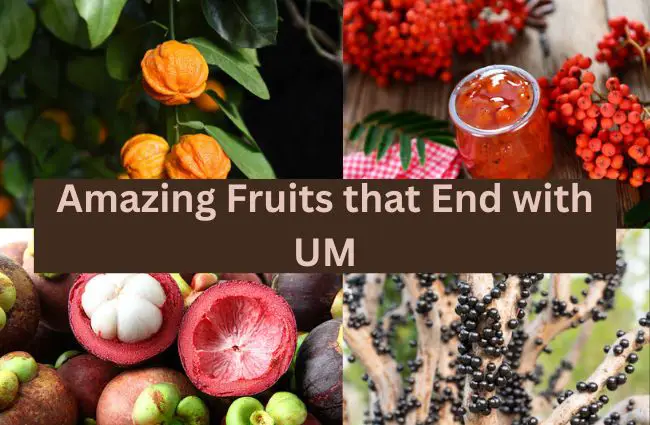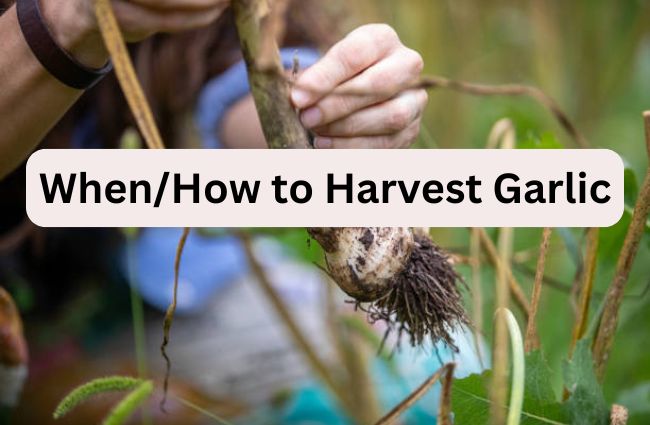Helpful Guides on each Category
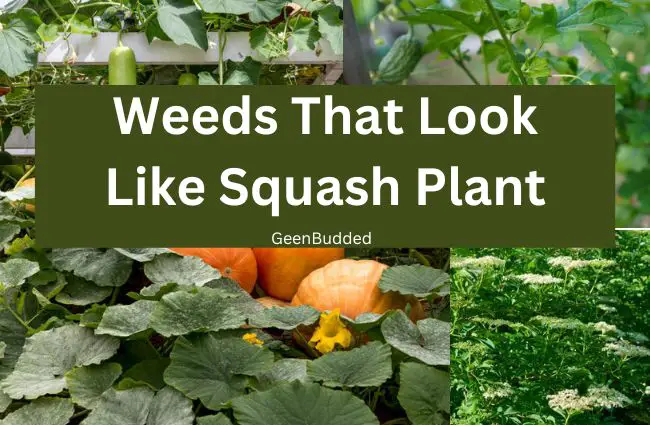
Spotting squash from its lookalike weeds is a confusing one, even for seasoned gardeners. Don’t worry, we have listed out 26 Weeds That Look Like Squash Plant with what you can use to differentiate them.
Ever peered at your carefully nurtured squash patch and been hit with a wave of panic? Is that a plump zucchini lurking there, or a sneaky weed masquerading as your precious veggie? It happened to me also, mistaking a weed for a squash!
A leafy imposter, thriving on your good intentions and sunshine. Is it a weed, or a wayward volunteer squash seedling? The leaves look similar, the stems seem suspiciously familiar… let’s see 26 such Weeds that look like Squash plants.
What does squash look like? Differentiating from lookalikes
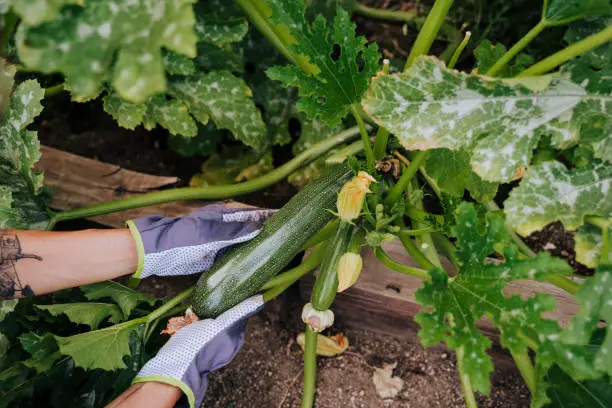
Squash is a type of vegetable that belongs to the gourd family, and it comes in various shapes, sizes, and colours. There are different varieties of squash, including zucchini, yellow squash, acorn squash, butternut squash, and more.
Squash comes in a mind-boggling variety of shapes, sizes, and colours, but they all share some general characteristics. Here are some general characteristics to help you identify squash and differentiate it from lookalikes.
Read Also: Blue Hosta Plants Care Guide: Planting and Growth.
Leaves
- Large and broad around 20-25 cm long and wide.
- Kidney-bean shaped with 5-7 rounded lobes.
- Rough texture, with prominent veins and sometimes hairs.
- Deep green colour.
Fruit (depending on variety)
- Shape: Round, oblong, pear-shaped, scalloped, curved, or even star-shaped!
- Size: Tiny to massive, ranging from a few ounces to hundreds of pounds.
- Colour: Green, yellow, orange, white, tan, brown, or striped.
- Skin: Smooth, bumpy, ribbed, netted, or warty.
- Flesh: The flesh of squash is often soft and can be creamy or firm, depending on the type.
Plants that look like Squash
- Pumpkins: Often confused with winter squash, pumpkins tend to be larger and have thicker, smoother skin. They also have a distinctive ribbed stem.
- Zucchini: Summer squash varieties like zucchini can resemble cucumbers, but they’re typically thicker and have rougher skin.
- Watermelons: The round shape and green color can make watermelons seem like squash, but their smooth, waxy rind and lack of lobes give them away.
Here’s a table summarizing the key differences:
| Feature | Squash | Pumpkin | Zucchini | Watermelon |
|---|---|---|---|---|
| Leaves | Large, kidney-shaped, lobed, rough | Large, round, lobed, smooth | Medium, oblong, lobed, rough | Medium, round, unlobed, smooth |
| Fruit | Varies widely in shape, size, and color | Large, round, orange, thick, ribbed stem | Long, cylindrical, green, smooth | Round, green, smooth, waxy rind |
How do you identify squash leaves?
Squash leaves are pretty distinctive once you know what to look for:
- Shape: Broad and kidney-bean shaped with 5-7 rounded lobes.
- Margin: Deeply serrated or lobed.
- Texture: Rough with prominent veins, sometimes hairy.
- Color: Deep green.
- Stem: Thick and hairy, with curling tendrils.
How do you identify squash flowers?
Squash flowers are just as diverse as the fruits, but they generally share these characteristics:
- Large and showy: Up to 5 inches in diameter.
- Yellow or orange petals: Sometimes with red or white markings.
- Trumpet-shaped: With five separate petals fused at the base.
- Male and female flowers: Male flowers have a single stamen, while female flowers have a prominent pistil with a bulbous ovary.
Read Also: 5 Best Peat Moss Spreader and Buyers Guide.
List of 26 Weeds that looks like Squash Plant
1. Bottle Gourd (Lagenaria siceraria)
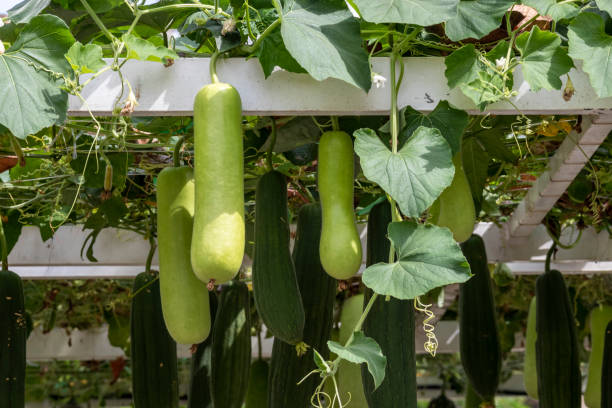
- Similarities: Large, lobed leaves resembling squash, vining growth habit.
- Differences: Smooth, bottle-shaped fruits (unlike the bumpy gourds used for decoration), often growing off the ground.
2. Bitter Melon (Momordica charantia)
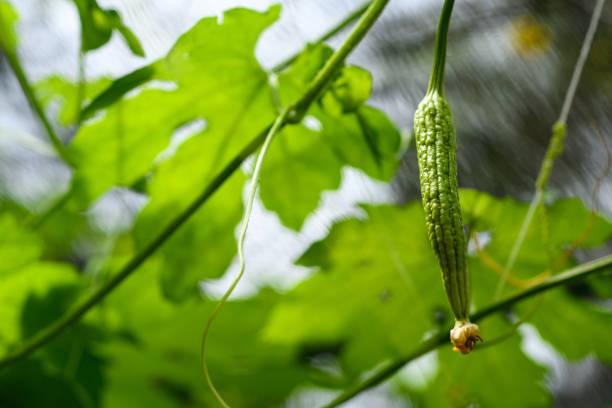
- Similarities: Deeply lobed leaves with rough texture, similar to some squash varieties.
- Differences: Elongated, bumpy fruits with jagged edges, containing bitter flesh (unlike the sweetness of edible squash).
3. Chayote (Sechium edule)
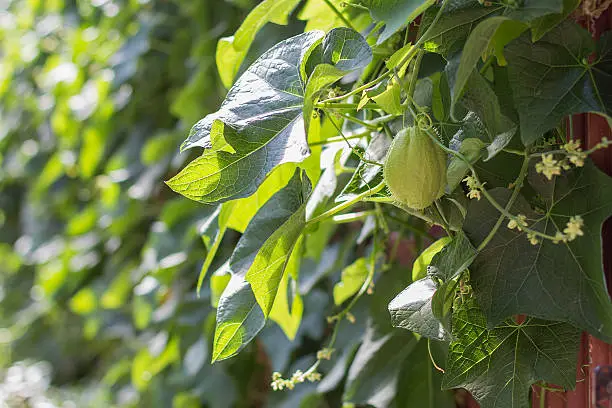
- Similarities: Large, lobed leaves with prominent veins, vining growth habit.
- Differences: Pear-shaped fruits with warty, green skin, often solitary unlike the clustered fruits of many squashes.
4. Common Lambsquarters (Chenopodium giganteum)
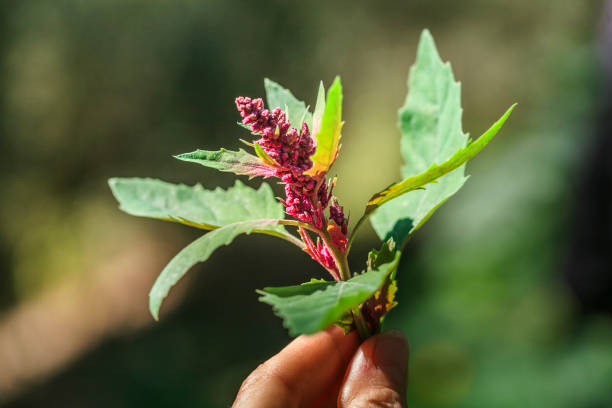
- Similarities: Broad, rounded leaves with pale undersides, similar to some winter squash varieties.
- Differences: Floury white coating on leaves and stems, upright growth habit unlike the vining nature of most squashes.
5. Giant Ragweed (Ambrosia trifida)
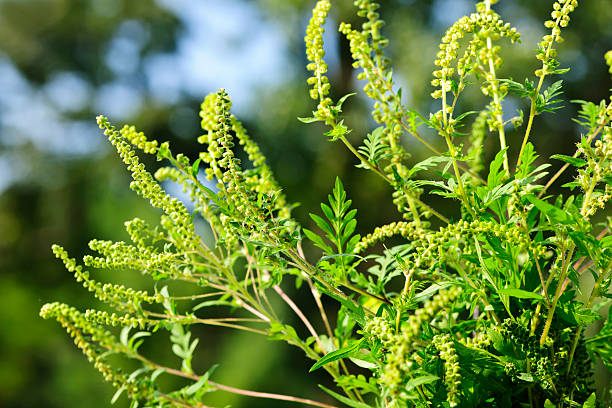
- Similarities: Broad, deeply lobed leaves resembling some winter squash varieties, tall growing habit.
- Differences: Rough, sandpapery leaves with prominent veins, coarse stems with reddish hairs, and large, spiked flower heads that appear in late summer (unlike squash flowers).
6. Japanese Morning Glory (Ipomoea nil)
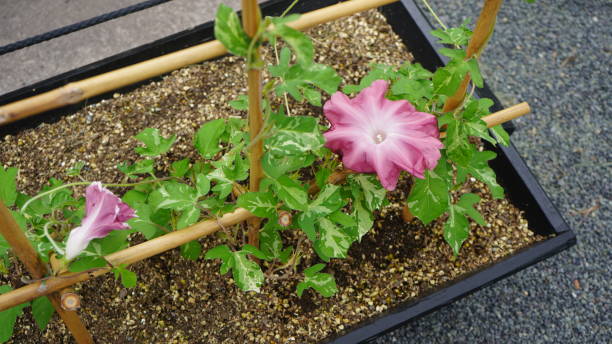
- Similarities: Heart-shaped leaves with smooth texture, vining growth habit.
- Differences: Vibrant purple or blue trumpet-shaped flowers (unlike the yellow or orange flowers of squash), fruits resemble woody capsules rather than fleshy squashes.
7. Moonflower (Ipomoea alba)
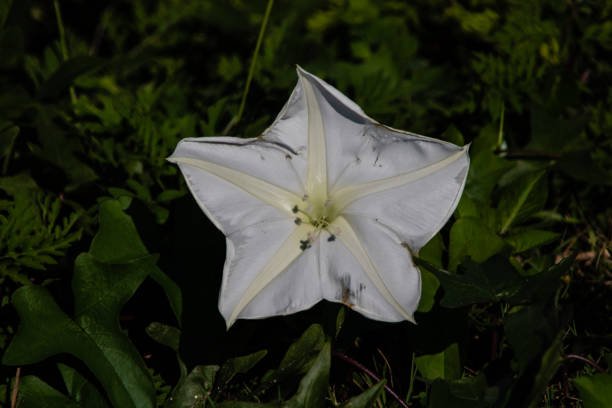
- Similarities: Large, heart-shaped leaves with smooth texture, vining growth habit.
- Differences: Large, white trumpet-shaped flowers that open at night (unlike squash flowers), fruits are small, round capsules.
8. Ground Cherry (Physalis spp.)

- Similarities: Roundish leaves with slightly lobed edges, low-growing bushy habit.
- Differences: Fruits enclosed in papery husks (unlike the exposed fruits of squash), small, round berries that are often bitter or inedible.
9. Cocklebur (Xanthium strumarium)
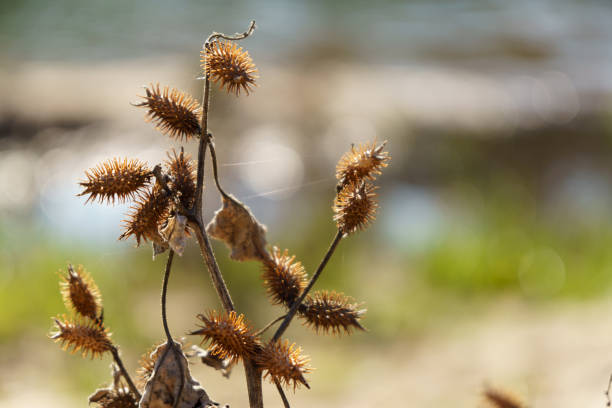
- Similarities: Large, lobed leaves with rough texture, somewhat resembling some squash varieties.
- Differences: Spiny burrs clinging to the plant, unlike the smooth skin of squashes. Burrs have hooked bracts that readily stick to clothing and fur, aiding seed dispersal.
10. Sechium tacaco (Chayote root)
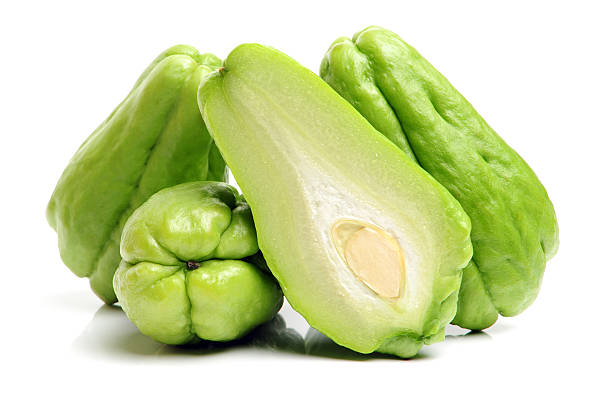
- Similarities: Large, lobed leaves similar to chayote (Sechium edule), vining growth habit.
- Differences: Underground tuber (unlike the above-ground fruits of chayote), leaves have a more pointed tip and less prominent veins compared to chayote.
11. Snake Gourd (Trichosanthes cucumerina)
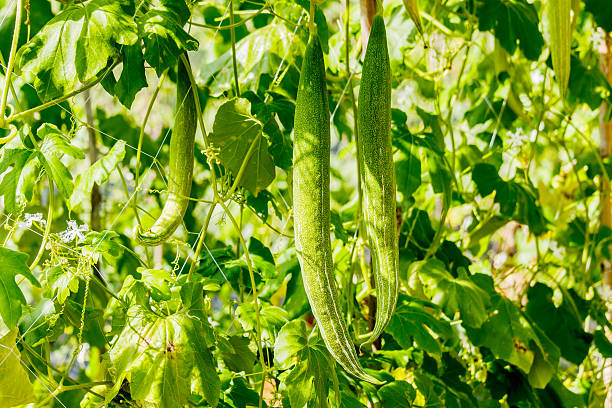
- Similarities: Elongated, cylindrical fruits resembling some winter squash varieties.
- Differences: Smooth, green or yellow skin (unlike the warty skin of many gourds), fruits can grow up to 3 feet long, much longer than most squashes.
12. Carolina Horsenettle (Solanum carolinianum)
- Similarities: Deeply lobed leaves with hairy stems, similar to some squash varieties.
- Differences: Yellow star-shaped flowers (unlike the orange or yellow trumpet-shaped flowers of squash), fruits are small, green berries that are poisonous (unlike the edible gourds or squashes).
13. Taro (Colocasia esculenta)
- Similarities: Large, heart-shaped leaves with prominent veins, somewhat resembling winter squash.
- Differences: Smooth, glossy leaves with a waxy sheen (unlike the rough texture of most squash), grow from a thick, fleshy corm underground (unlike the above-ground fruits of squash).
14. Tomatillo (Physalis philadelphica)
- Similarities: Groundcover habit with roundish leaves, similar to ground cherry.
- Differences: Husked fruits resembling ground cherries, but larger and covered in a sticky tomatillo “husk” (unlike the papery husk of ground cherry). Fruits are edible with a tangy flavour.
15. Trumpet Creeper (Campsis radicans)
- Similarities: Vining growth habit with lobed leaves, similar to some squash varieties.
- Differences: Vibrant orange or red trumpet-shaped flowers (unlike the yellow or orange flowers of squash), leaves are more pointed and lack the rough texture of most squash varieties.
16. Morning Glory (Ipomoea spp.)
- Similarities: Vining growth habit with heart-shaped leaves, similar to Japanese Morning Glory.
- Differences: Diverse flower colours including purple, blue, white, or pink (unlike the yellow or orange flowers of squash), flowers bloom throughout the day (unlike Japanese Morning Glory’s nighttime blooms), fruits are small, dry capsules.
17. Winter Melon (Benincasa hispida)
- Similarities: Elongated, cylindrical fruits resembling some winter squash varieties.
- Differences: Pale green or white skin with a waxy bloom (unlike the orange or yellow hues of many squashes), fruits can grow up to 2 feet long and are much heavier than typical winter squashes.
18. Hairy Nightshade (Solanum sarrachoides)
- Similarities: Deeply lobed leaves with hairy stems, similar to some squash varieties.
- Differences: Small, black berries that grow in clusters (unlike the large, single fruits of squashes), leaves have a distinct musky odour when crushed (unlike the neutral scent of squash), all parts of the plant are poisonous.
19. Bur Cucumber (Sicyos angulatus)
- Similarities: Slender vines with lobed leaves, resembling zucchini or cucumber.
- Differences: Small, spiny fruits covered in sharp prickles (unlike the smooth skin of most squashes), fruits are bitter and inedible.
20. Black Nightshade (Solanum nigrum)
- Similarities: Oval leaves with smooth edges, similar to some summer squash varieties.
- Differences: Small, black berries that grow singly or in pairs (unlike the clustered berries of hairy nightshade), all parts of the plant are poisonous, and leaves lack the musky odour of hairy nightshade.
21. Manroot (marah spp.)
- Similarities: Large, heart-shaped leaves with a smooth texture, vining growth habit, resembling morning glories.
- Differences: Large, trumpet-shaped flowers in varying shades of purple, white, or yellow (unlike the vibrant blue or purple of most morning glories), fruits are large, woody capsules (unlike the soft, edible gourds of morning glory varieties).
22. Velvetleaf (Abutilon theophrasti)
- Similarities: Broad, round leaves with a velvety texture, similar to some winter squash varieties.
- Differences: Leaves have a crinkled appearance and prominent veins, unlike the smooth leaves of most squashes, flowers are small, yellow, and star-shaped (unlike the trumpet-shaped squash flowers), and fruits are small, dry capsules.
23. Buffalo Bur (Solanum rostratum)
- Similarities: Deeply lobed leaves with prickly stems, resembling some squash varieties.
- Differences: Spiny, yellow fruits covered in hooked thorns (unlike the smooth or warty fruits of squashes), all parts of the plant are poisonous, leaves have a distinct musky odor when crushed (unlike the neutral scent of squash).
24. Wild Cucumber (Cucumis anguria)
- Similarities: Slender vines with lobed leaves, resembling zucchini or cucumber.
- Differences: Small, spiny fruits covered in sharp prickles (unlike the smooth skin of most squashes), fruits are bitter and inedible, leaves lack the rough texture of most cultivated cucumbers.
25. Jimsonweed (Datura stramonium)
- Similarities: Large, lobed leaves resembling some squash varieties, tall, bushy growth habit.
- Differences: Smooth, purple or violet trumpet-shaped flowers (unlike the yellow or orange flowers of squash), spiny seed capsules (unlike the fleshy gourds of squash), all parts of the plant are highly poisonous, leaves have a distinct unpleasant odor when crushed.
26. Wild watermelon (Citrullus lanatus)
- Similarities: Deeply lobed leaves resembling cultivated watermelons, vining growth habit.
- Differences: Small, round fruits with bitter flesh and striped or mottled skin (unlike the sweet, solid meat of cultivated watermelons), leaves are smaller and have a more pronounced lobed shape compared to cultivated varieties.
Can you eat squash plant leaves?
The entire squash plant is edible, including the flesh, skin, leaves, flowers and seeds. They can be cooked and eaten also.
What does a female squash look like?
Female squash flowers have a small bulge at the base, where the fruit will develop. Male flowers lack this bulge and have a thinner stem. Keep an eye out for these clues on your squash plants!
How do you tell if a plant is pumpkin or squash?
- Shape: Pumpkins tend to be round and plump, while squashes come in a wider variety of shapes, like oblong, curved, pear-shaped, or even star-shaped!
- Skin: Pumpkins have thick, smooth skin, often orange or yellow. Squash skin can be smooth, bumpy, ribbed, netted, or even warty, and comes in a wider range of colors.
- Stem: Pumpkin stems are thick and often have a ribbed appearance. Squash stems can be thinner and smoother.
How can you tell a cucumber from a squash?
- Size: Cucumbers are typically smaller and slender than most squashes.
- Skin: Cucumbers have green, smooth skin, while squash skin can be green, yellow, orange, white, or even striped, and may be smooth, bumpy, or textured.
- Stem: Cucumber stems are typically thin and smooth, while squash stems can be thicker and hairy.
- Taste: Cucumbers have a cool, refreshing taste, while squashes typically have a sweeter, nuttier flavour.

